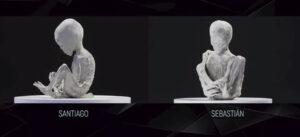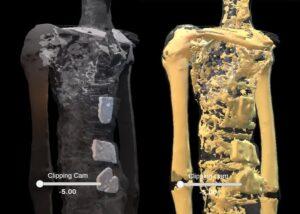Leonardo da Vinci’s Legacy : Navigating Through Asymmetric Intricacies of The Simulation Via The Enigmatic Role of Mirroring Techniques
Last updated on December 26th, 2023 at 08:05 am
_χρόνος διαβασματός : [ 4 ] minutes
As written previously, the oldest alien civilizations will have found a way to interact effectively within the Simulation. We can see them and the Simulation in the symbols handed down from the mists of time, but also in any Art that refined Western and Eastern taste, sheltered from that of the Elites, can still define, and especially in the art… in the paintings of Leonardo Da Vinci.
Authored by Leonardo Da Vinci via Mirror Painting Image Technique
“Any man who retreats into a cave which has only one opening deserves to die.”
Stilgar, Fremen Chief

After being denied entry to the academy, Leonardo da Vinci disappeared for two years. He found himself on the wrong side of the law in Florence, Italy, and although he was acquitted of the charges against him, he decided to leave town and spent a couple of years laying low. This disappearance was a result of being falsely charged with sodomy and the subsequent decision to leave Florence. He reemerged to take on a commission at a Florentine chapel in 1478.
#####The Cave
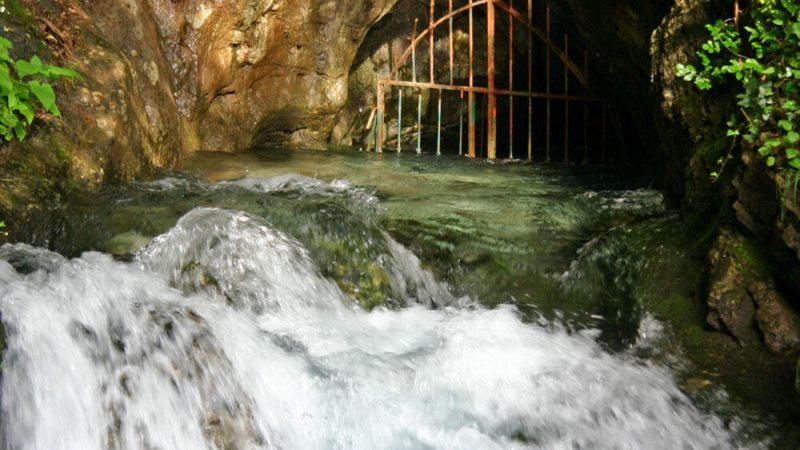
Leonardo da Vinci explored of a mysterious cave during a period when he went missing for two years. According to various sources, Leonardo had a profound interest in geology, which is evident in his paintings that often feature detailed depictions of rocks, mountains, caves, and strata. His notes reveal that he explored a mountain cave where he discovered massive fossil bones, which contributed to his insights about geology and the history of the Earth.
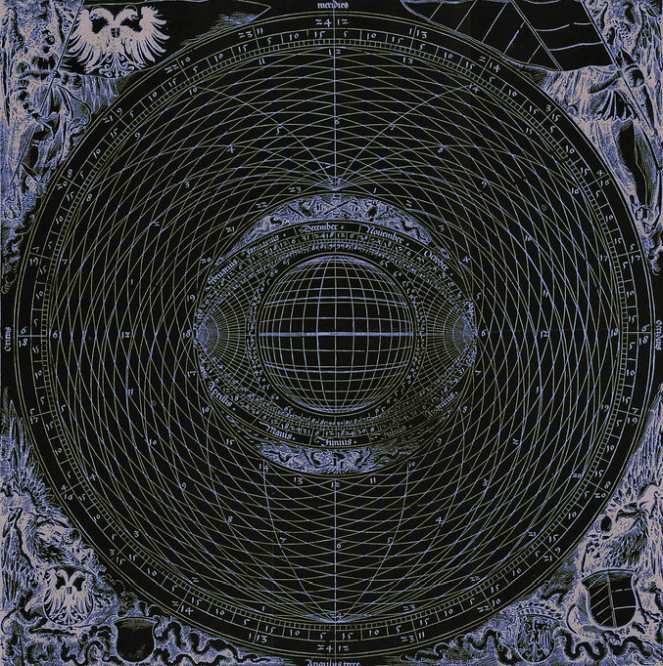
The cave that Leonardo explored is mentioned in his Codex Atlanticus. It is located in the municipality of Fiumelatte near Lierna by Lake Como, a place where Leonardo spent a significant amount of time.
The cave was known to be sacred in Celtic antiquity and was associated with various legends. One of the most famous legends tells of a beautiful girl who promised her heart to anyone who could reveal the origin of Fiumelatte. Young suitors who entered the cave would emerge after a long time, prematurely aged and mute, paralyzed by unknown encounters and visions.
Leonardo’s study of the cave and its relation to the karst system in the mountain’s summit led him to describe the flow of water under the mountain as “the veins of the human body,” reflecting his deep interest in the study of water and its movements, but not only.
The Fiumelatte Cave, as it is known, was also a part of the Grand Tour for the sons of high nobility in the 1600s, aimed at forming their culture. Leonardo’s attachment to the region of Lake Como is also reflected in his paintings, such as the Mona Lisa, which features landscapes reminiscent of the area.
Leonardo emerged from that cave with impressive knowledge like he visited some extraordinary place and thanks to his eidetic memory he was then able to somehow rebuild it, this is what we believe.
While the exact details of what Leonardo did during his two-year disappearance remain a mystery, his fascination with the natural world and his scientific investigations during this time have left a lasting impact on our understanding of his work and interests like the mirror image technique applied to his paintings.
Leonardo da Vinci’s use of the mirror effect in his paintings has been a subject of fascination and speculation. The mirror effect refers to the potential for his works to reveal new meanings or hidden details when viewed as mirror images. This has led to various theories about why da Vinci employed mirror writing and the significance of the mirror effect in his art.

One theory suggests that da Vinci’s use of mirror writing was a deliberate technique to encode his notes and prevent them from being easily read or stolen. Additionally, the mirror effect in his paintings has been proposed to offer a new perspective, allowing viewers to uncover concealed symbolism or details within the artwork.
######Viewing the Hidden Masters
Furthermore, da Vinci’s fascination with mirrors is evident in his scientific and artistic endeavors. He understood the concept of mirrors and their importance in painting, as reflected in his writings and sketches of mirror making machines. In modern times, individuals have experimented with applying a mirror effect to da Vinci’s paintings using digital tools, leading to the discovery of new and intriguing visual elements when the works are mirrored.
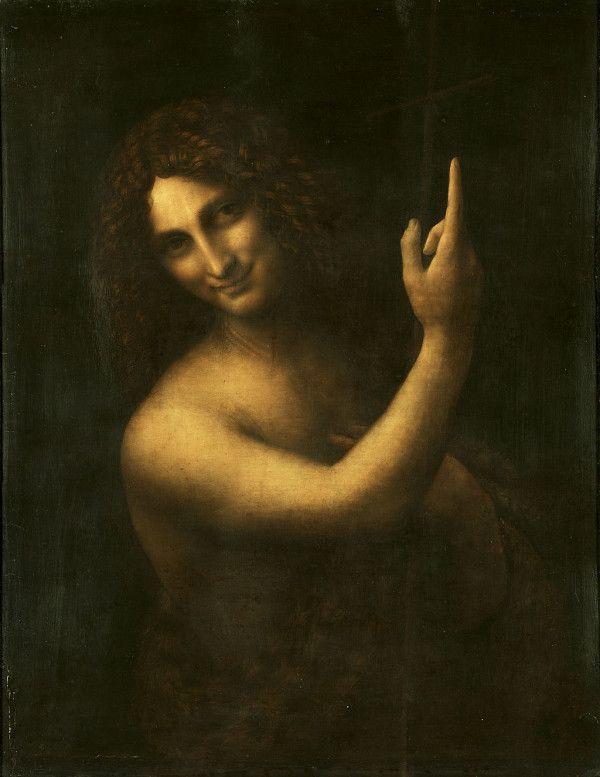


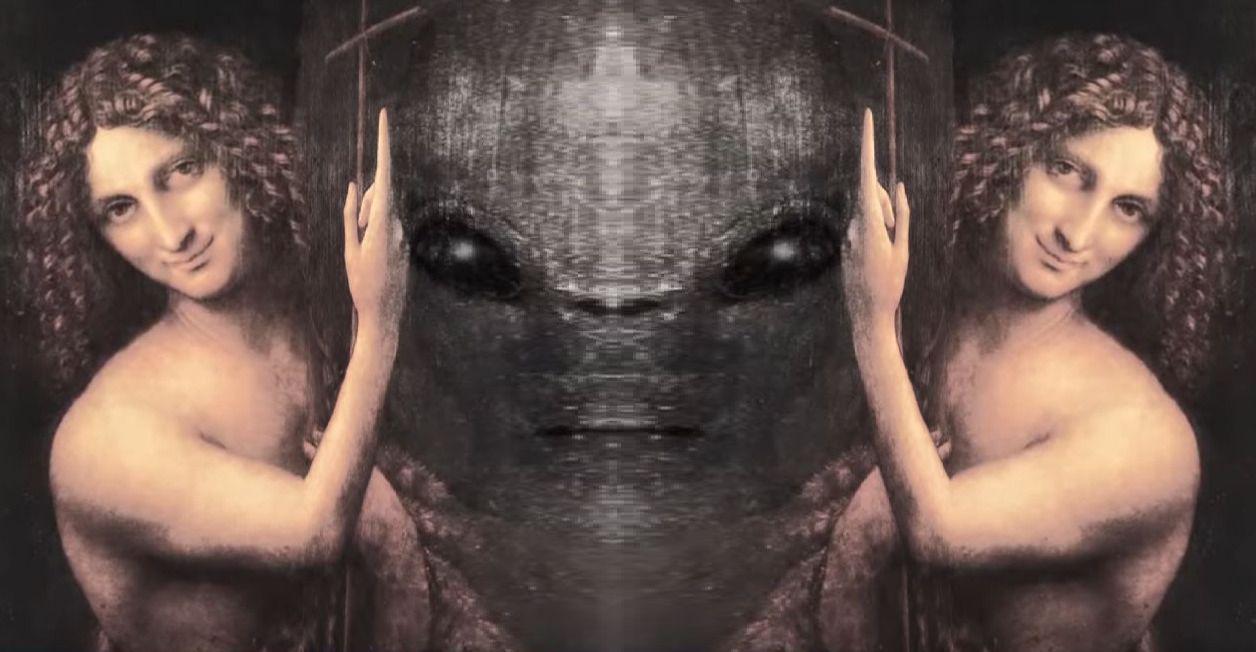



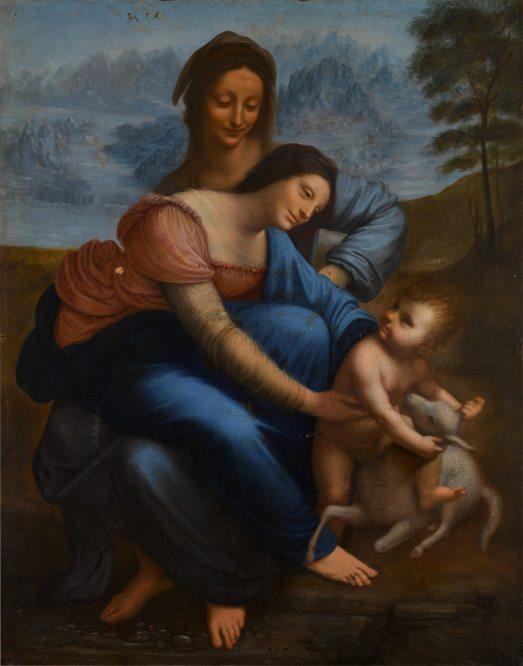
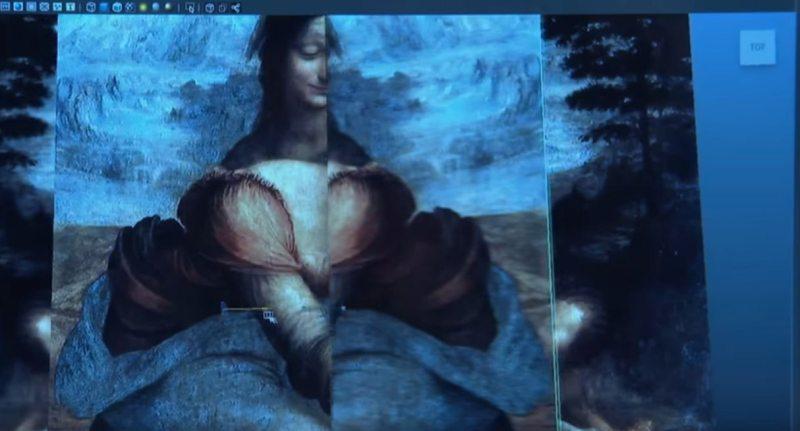
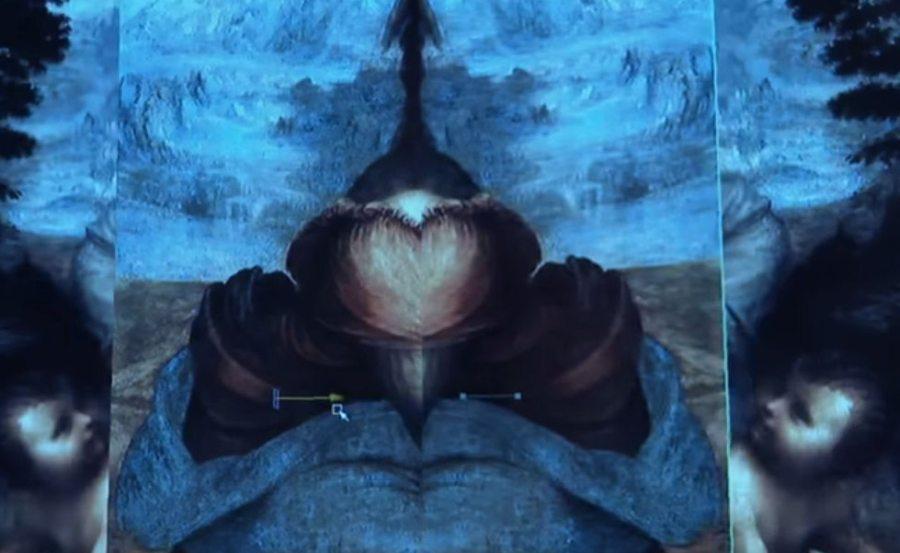
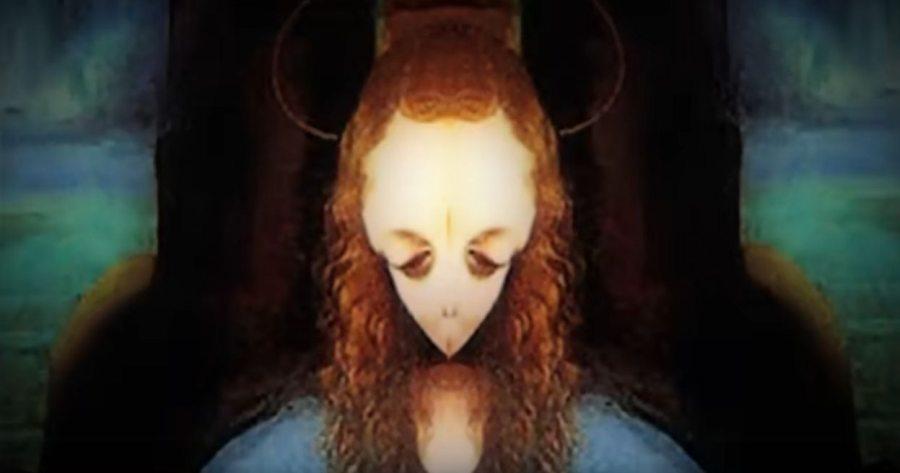


#####Telepathy or Mindreading
The concept of mirroring and the mirror image of everything is often associated with mirror neurons and the simulation theory of mind-reading. Mirror neurons are a type of neuron that responds both when an individual performs a particular action and when the individual observes the same action being performed by another. These neurons appear to form a cortical system matching observation and execution of goal-related motor actions.
In the context of mind-reading, the simulation theory suggests that individuals understand and predict the actions, intentions, and emotions of others by simulating in their own minds the same actions, intentions, and emotions observed in others. This process involves the activation of neural representations that would be involved in the observed action, intention, or emotion. Mirror neurons are often cited as evidence supporting the simulation theory of mind-reading.
However, there are differing views on the role of mirror neurons in supporting the simulation theory. Some argue that mirror neurons do not operate as claimed by simulation theorists and are more appropriately understood as one element in an information-rich mindreading process, fitting better with a Theory Theory (TT) account of mindreading.
The concept of mirroring and the mirror image of everything is intricately linked to the functioning of mirror neurons and the debate surrounding their role in supporting the simulation theory of mind-reading.
Everything can be understood through the lens of mathematics and geometry,
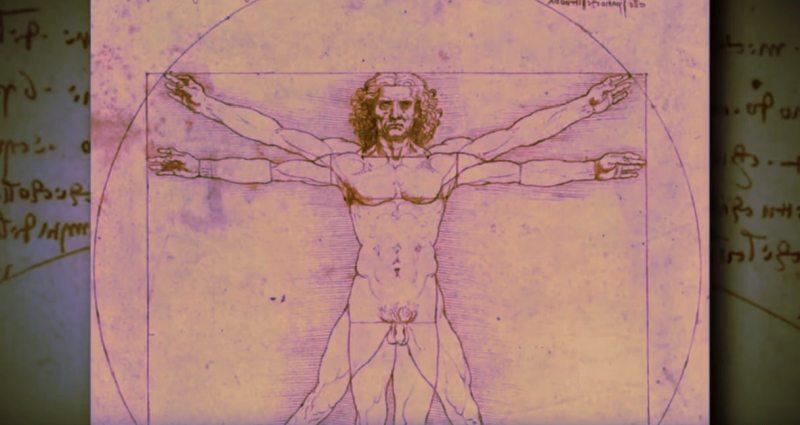
especially if one subscribes to the Simulation theory….

Leonardo da Vinci, a man of his time, interpreted the Simulation, or what he perceived of it, using these principles. Just as early humans depicted their understanding of the world in cave paintings, Leonardo encoded his “alien”, and “enhanced human” insights into his artwork, albeit in a more sophisticated manner but like any genius prisoner of his time is forced to do.

–
“Do Not Question The Nature of One’s Own Reality It’s A Sin Against God”
If you are interested in any of the issues raised in this article, please call the Samaritans for free on +44 116123 or visit their division at: https://www.samaritans.org
If you liked the post and want contribute to its cause leave us a contribution, anonymity guaranteed thanks to Monero :


